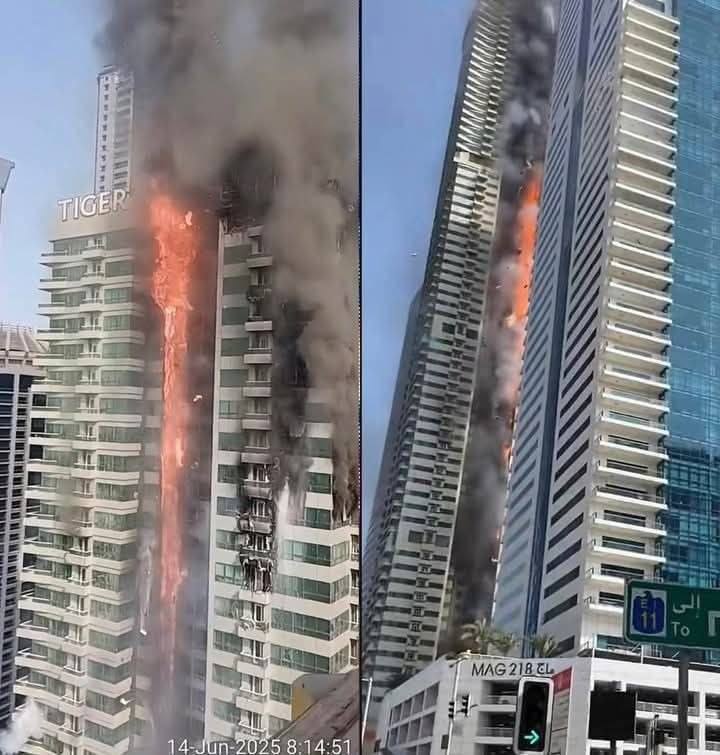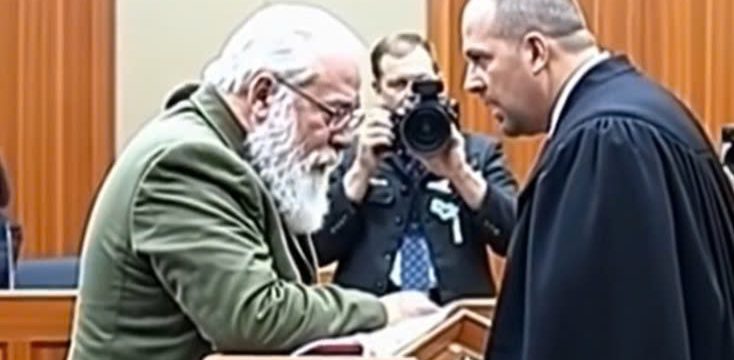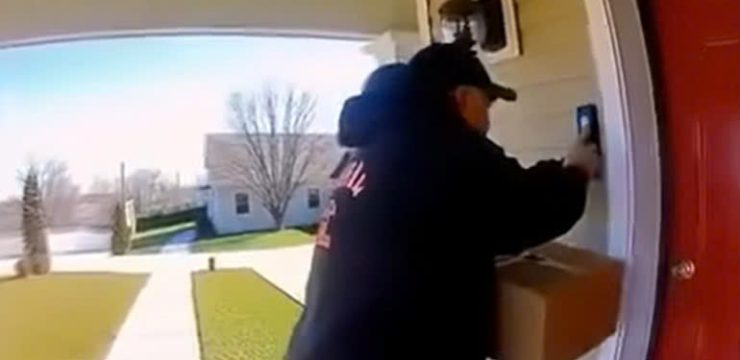In late September, as the grim anniversary of Hamas’s October 7 attacks approached and much of Gaza lay in ruins from ongoing conflict, Israeli Prime Minister Benjamin Netanyahu announced that his government would shift its strategic focus to Hezbollah in southern Lebanon. The move signaled a dramatic escalation of regional tensions, and it came after months of devastation inflicted on Gaza.

Israel’s decision was framed as an urgent need to address what Netanyahu described as a growing northern threat. The campaign against Hezbollah was fierce and unrelenting, involving sustained bombing raids and targeted strikes that decimated key figures within the organization. Yet despite the unprecedented scale of Israel’s offensive, Hezbollah has proven remarkably resilient, continuing to strike back with deadly effectiveness, even managing to hit Netanyahu’s own residence in a drone attack. The confrontation has raised difficult questions about how an organization subjected to such overwhelming firepower has managed to adapt, survive, and retaliate.
Israel’s multi-front offensive against Hezbollah began with precision strikes designed to cripple the group’s leadership and command structure. In a series of targeted operations, Israeli forces eliminated several of Hezbollah’s most senior figures, including Secretary-General Hassan Nasrallah, his deputy Hashem Safieddine, and senior commanders Nabil Qaouk, Ibrahim Aqil, and Ali Karaki. The strikes extended into the heart of Hezbollah’s infrastructure, hitting facilities in Dahiyeh, the Beqaa Valley, and even central Beirut. Among the destroyed assets were drone workshops, communications centers, and financial hubs critical to the group’s operations.
At the same time, Israel employed psychological warfare on an unprecedented scale. Reports indicated that thousands of Hezbollah’s communications devices—pagers, walkie-talkies, and other systems—had been booby-trapped and remotely triggered by Israeli forces. The resulting explosions killed militants and civilians alike, sowing panic and confusion within Hezbollah’s ranks. This effort, described by some analysts as a decapitation strategy, was intended to cripple centralized command and prevent remaining units from coordinating effectively. For most organizations, the loss of senior leaders and communications infrastructure would be catastrophic. But Hezbollah has demonstrated a remarkable capacity for survival, rooted in its organizational design and long history of adapting to asymmetric warfare.
Its military strategy is built on decentralization, with small, highly trained autonomous units operating independently across southern Lebanon. These units are empowered to make tactical decisions without waiting for instructions from above, allowing them to continue fighting even when higher command is disrupted. This mission-command style approach has long been central to Hezbollah’s resilience. In addition to decentralized leadership, Hezbollah has relied on mobility and dispersal tactics honed over decades of conflict. Drawing lessons from past wars with Israel, the group has invested in underground tunnels and fortified shelters that allow fighters to survive bombardments and emerge to strike back. Mobile rocket platforms have been key, enabling rapid-fire attacks against Israeli targets.
Fighters have even been seen using mountain bikes to move undetected through rough terrain, highlighting the group’s emphasis on low-profile, flexible transport. Hezbollah’s ability to set up and disperse rocket launch sites in less than thirty seconds makes it difficult for Israeli forces to target them before they disappear. Despite losing senior figures and suffering devastating blows to its infrastructure, Hezbollah has continued to retaliate against Israel with a range of tactics. The drone strike that hit Netanyahu’s home underscored the group’s ongoing ability to project force deep inside Israel, challenging the perception that its capabilities had been completely neutralized.
Rocket fire into northern Israel has continued, keeping civilian populations on edge and stretching Israel’s military resources thin as it attempts to respond to threats from multiple fronts. The resilience of Hezbollah illustrates both the difficulty Israel faces in eliminating the group and the adaptability of non-state actors in modern warfare. The organization has embedded itself deeply into the terrain of southern Lebanon, building redundancy into its command and control systems and training its fighters to operate autonomously. While Israel’s strategy has succeeded in killing high-profile figures and inflicting significant damage, it has not yet succeeded in silencing Hezbollah’s response.
The ongoing conflict highlights a grim reality: even with superior firepower, dismantling a decentralized militant network entrenched in its local environment is extraordinarily difficult. For civilians, the consequences have been devastating. More than 1.2 million people in southern Lebanon have been displaced, and the humanitarian toll continues to mount as Israeli bombardments destroy infrastructure and homes. Yet Hezbollah continues to launch attacks, underscoring its determination to resist and its capacity to adapt under pressure.
As Israel presses forward with its strategy, questions remain about the effectiveness of targeting leadership in a group designed to function without it, and whether the conflict risks spiraling further into a prolonged and destabilizing regional war.





